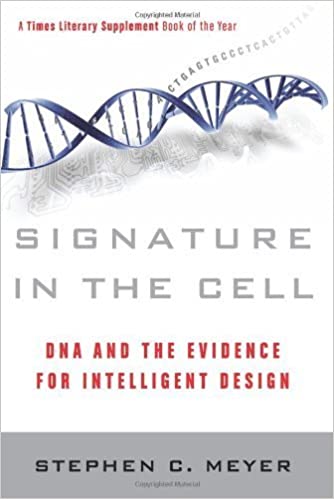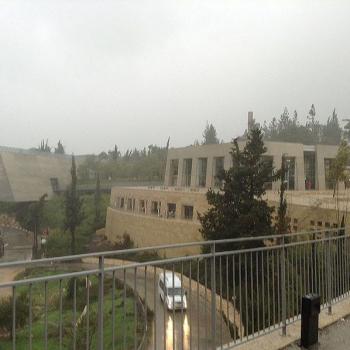
When I was a young’un — long, long ago, in a galaxy far away — there was a rather powerful weekly magazine called Newsweek. Apparently it still exists even now, at least online. And, just today, this wonderful article went up: “Black Mormon Told They Can’t Marry White Members Because ‘Seed is Cursed'”
Virtually all of the responses, thus far, have been negative toward the Church. And quite understandably so. I replied in the comments section — I know, I know: it’s the very definition of an exercise in futility — as follows:
I would . . . like to know the name of the leader mentioned in this story, and I would like to hear whether he (or she) agrees with Ms. Achenbach’s account of what he (or she) allegedly said. In the event that Ms. Achenbach’s account is accurate, I very much doubt that it was one of the general officers of the Church because it’s flatly false doctrine. If a local leader said it, he or she should be reported to higher Church authority and corrected (or released from office). During my tenure as a bishop in the Church, I happily sent at least two “mixed race” couples to the temple for marriage.

Last night, I began a slow-motion reading of Signature in the Cell: DNA and the Evidence for Intelligent Design (New York: HarperCollins, 2009), written by Stephen C. Meyer. I’ve had it for years and have long intended to read it, but I had always been put off by its sheer size. I thought that I would eventually get to it, but just not yet. Now, though, I’m beginning to work my way through it, and I must say that, thus far, I’m really enjoying it and am positively impressed. Dr. Meyer provides a wonderfully lucid and readable account, for instance, of the scientific history leading up to the pivotal discovery of the double-helix structure of DNA by Francis Crick and James Watson at Cambridge University’s famed Cavendish Laboratory. And I’m pleased by his calm, reasonable tone.
I also like his brief treatment of the origin, character, and development of the “intelligent design” movement. He was, in fact, “present at the creation.” It was a presentation by the three scientists named just below that led him to give up his career as a geologist and go off to England, to the University of Cambridge, for a doctorate in the history and philosophy of science. Here are three passages that I marked in my first few minutes of reading Signature in the Cell:
[T]he modern theory of intelligent design was not [contrary to some allegations] developed as a legal strategy, still less as one to abet creationism. Instead, it was first considered in the late 1970s and early 1980s by a group of scientists — Charles Thaxton, Walter Bradley, and Roger Olsen — as a possible explanation for an enduring mystery of modern biology: the origin of the digital information encoded along the spine of the DNA molecule.
As I explained repeatedly to reporters and cable-new hosts, the theory of intelligent design is not based on a religious text or document, even if it does have implications that support theistic belief (a point to which I will return in Chapter 20). Instead, intelligent design is an evidence-based scientific theory about life’s origins that challenges strictly materialistic views of evolution.
Indeed, the theory of intelligent design challenges a specific tenet of contemporary evolutionary theory. According to modern neo-Darwinists such as Oxford’s Richard Dawkins, living systems “give the appearance of having been designed for a purpose.” But, to Dawkins and other contemporary Darwinists, that appearance of design is entirely illusory, because wholly undirected processes such as natural selection and random mutations can produce the intricate design-like structures in living systems. In their view, natural selection can mimic the powers of a designing intelligence without being guided or directed in any way.
In contrast, the theory of intelligent design holds that there are tell-tale features of living systems and the universe that are best explained by an intelligent cause — that is, by the conscious choice of a rational agent — rather than by an undirected process. Either life arose as the result of purely undirected processes, or a guiding intelligence played a role. Advocates of intelligent design argue for the latter option based on evidence from the natural world. The theory does not challenge the idea of evolution defined as change over time or even common ancestry, but it does dispute the Darwinian idea that the cause of all biological change is wholly blind and undirected. Even so, the theory is not based on biblical doctrine. Intelligent design is an inference from scientific evidence, nor a deduction from religious authority. (4)
This book makes a case for that same idea [i.e., for “intelligent design based upon various examples of nanotechnology in the cell . . . [and] the problem that complex systems systems have posed for neo-Darwinism”] . . . on the basis of a different class of evidence [than that adduced by Michael Behe in another book]: the information — the digital code — stored in DNA and the other large biological molecules. The case I make for intelligent design is less well-known than Professor Behe’s and, therefore, to many completely new. Even so, it is not based upon a new discovery. It is, instead, based upon one of the most famous breakthroughs of modern biology: the discovery in 1953 of the information-bearing capacities of the DNA molecule, what I call the “signature in the cell.” (7-8)
As evolutionary biologist Francisco Ayala has recently explained, Darwin explained the appearance of design without recourse to an actual designer. He gave us “design without a designer.” But is this really true? Even if we grant Darwin’s argument in the Origin, does it really follow that he refuted the design hypothesis? (9)












